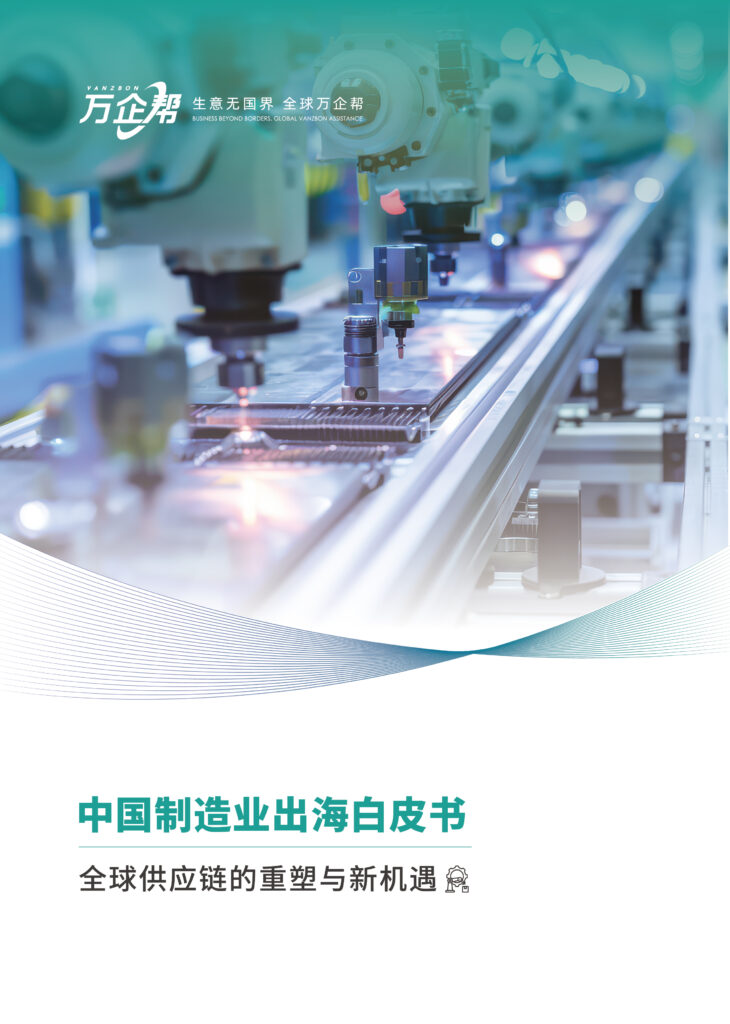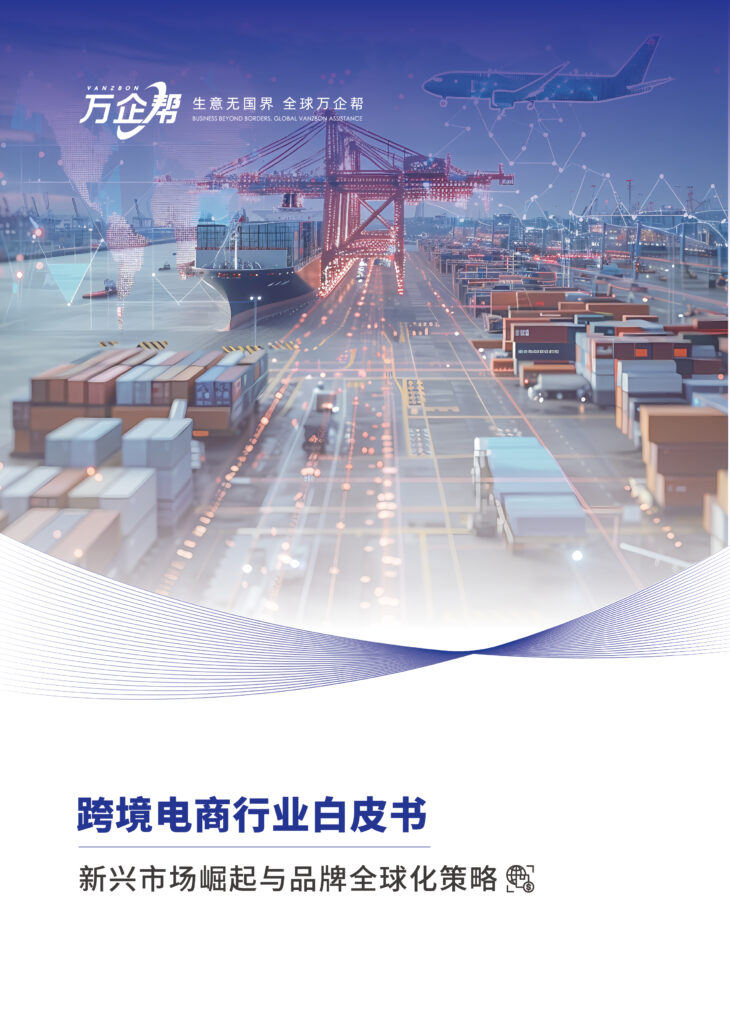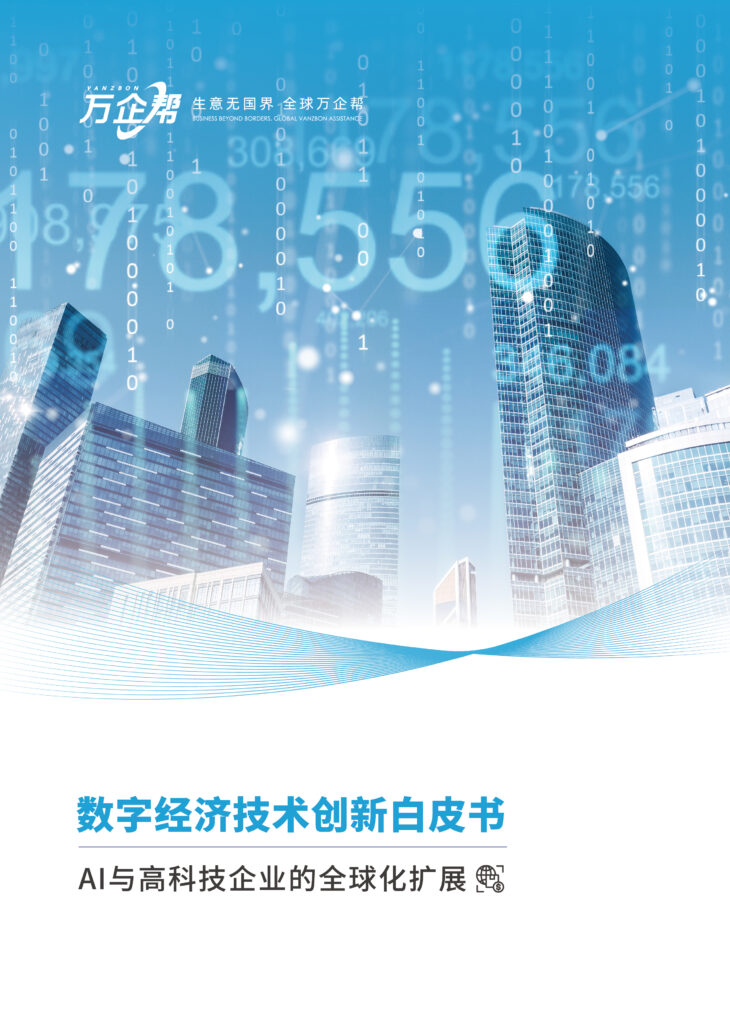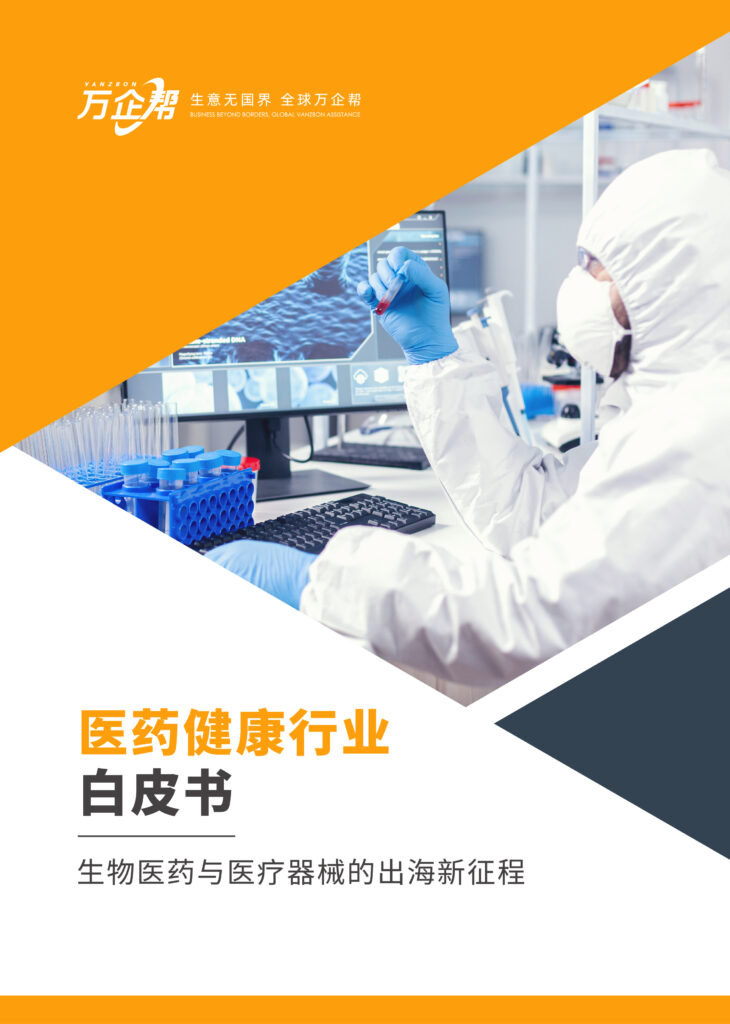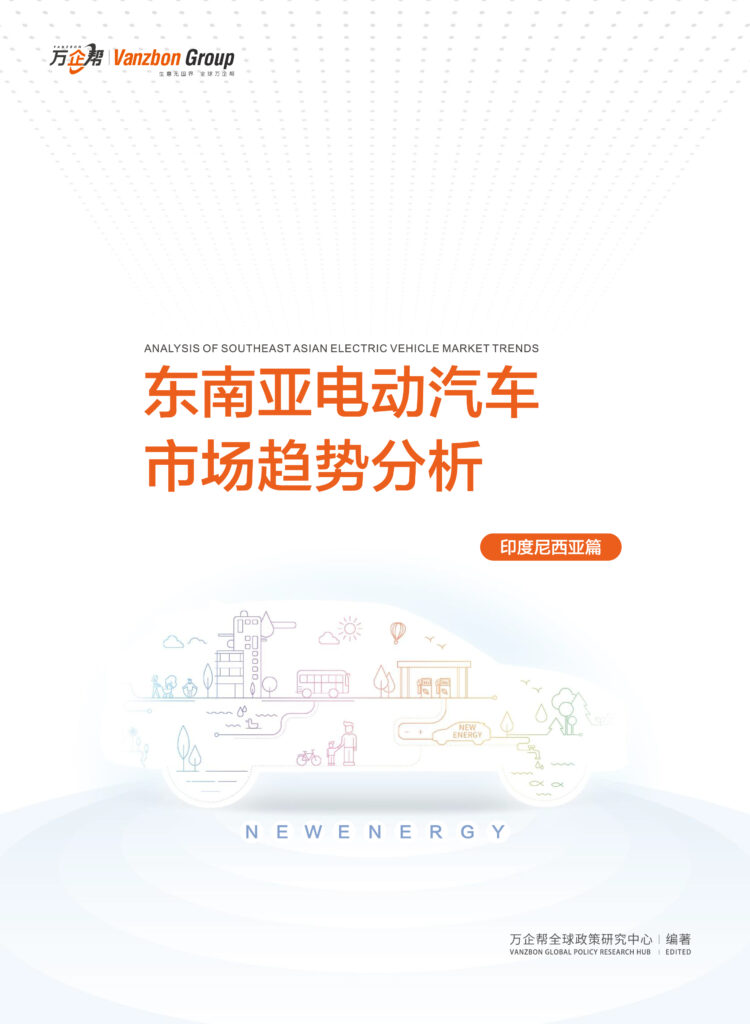As global technological competition intensifies, industry-academia collaboration has become a core driver of innovation and technological progress. Through partnerships with businesses, Japanese universities and research institutions not only promote the translation of basic research but also provide extensive collaborative opportunities for global enterprises. This article will delve into the projects that top Japanese universities and research institutions are seeking corporate collaboration on, and showcase actual cases of collaboration, methods, and their effectiveness through real-world examples, providing a comprehensive guide for companies interested in participating in Japanese technological cooperation.
I. Overview of Industry-Academia Collaboration in Japan
Industry-academia collaboration is an indispensable component of the modern scientific and technological innovation system. As a key player in global scientific and technological innovation, Japan has mature mechanisms and rich experience in the field of industry-academia collaboration. Through such collaboration, Japanese universities and research institutions have established close ties with enterprises, promoting the industrial application of basic research results and contributing to global technological progress and economic development.
1.1 Mechanisms and Policy Support for Industry-Academia Collaboration in Japan
Industry-academia collaboration in Japan began in the 1970s. With the adjustment of economic structure and the advancement of globalization, it has gradually become a core means of promoting technological innovation and industrial upgrading. The Japanese government has supported cooperation between universities and enterprises through a series of policies and legal frameworks, promoting the commercialization and transformation of scientific research results.
Government Policy Support: The Japanese government has provided strong policy support in promoting industry-academia collaboration, especially through laws such as the “Act on the Promotion of Technology Transfer from Universities to Private Business Operators,” which provides legal guarantees for cooperation between universities and enterprises. The government has also established special funds through science and technology policies (such as the “Science and Technology Basic Plan”) to encourage joint research and development among universities, research institutions, and enterprises. Government departments such as the Ministry of Education, Culture, Sports, Science and Technology (MEXT) and the Ministry of Economy, Trade and Industry (METI) provide financial support for industry-academia collaboration projects and promote the application and commercialization of research results through mechanisms such as innovation network construction and Technology Licensing Organizations (TLOs).
Industry-Academia Collaboration Mechanisms: Industry-academia collaboration in Japan typically takes the following forms: joint research and development, technology licensing, technology transfer, and establishment of joint laboratories. Universities and research institutions usually have Technology Licensing Offices (TLOs) responsible for managing intellectual property, finding partners, facilitating patent licensing, and technology transfer. Meanwhile, enterprises provide funding, equipment, and market application scenarios in the collaboration, promoting the transition of technology from laboratory to market. This two-way interaction not only accelerates innovation but also significantly reduces the time and cost of technology transformation.
1.2 Characteristics of Industry-Academia Collaboration in Japan
Japan’s industry-academia collaboration system is highly professional and organized, emphasizing the application value of scientific research results and meeting the different needs of enterprises and research institutions through flexible and diverse forms of cooperation. The following are some notable characteristics of industry-academia collaboration in Japan:
Broad Range of Scientific and Technological Fields: Industry-academia collaboration in Japan covers multiple fields from artificial intelligence and materials science to life sciences and energy technologies. Japanese universities and research institutions have world-leading scientific research capabilities in these fields, and enterprises can obtain the latest technological support through collaboration to promote industrial upgrading. In particular, industry-academia collaboration projects in Japan have a wide-ranging influence in the global technology and industrial community, especially in the fields of life sciences, automated manufacturing, and clean energy.
Emphasis on Innovation and Marketization: Industry-academia collaboration projects in Japan focus on the market application of scientific research results. Through such collaboration, enterprises can quickly apply laboratory technologies to actual production, shortening the technology development cycle and reducing risk costs. Research institutions, in turn, obtain additional research funding support through technology licensing and patent transfer, further promoting the development of basic research.
Trilateral Interaction among Government, Universities, and Enterprises: Industry-academia collaboration in Japan is not limited to bilateral cooperation between universities and enterprises but emphasizes the interaction among government, universities, and enterprises. In this system, the government plays a crucial coordinating and supporting role, promoting the industrialization and transformation of scientific research results through policy guidance, funding input, and legal guarantees.
II. Industry-Academia Collaboration Projects at the University of Tokyo
As Japan’s top academic institution, the University of Tokyo’s industry-academia collaboration projects cover multiple cutting-edge fields. Through technology transfer and innovation cooperation, the University of Tokyo has established close cooperative relationships with numerous global enterprises. These projects not only promote technology commercialization but also bring direct economic benefits to enterprises.
2.1 Deep Learning Algorithm Collaboration Project
In recent years, the Artificial Intelligence Laboratory at the University of Tokyo has collaborated with multiple enterprises to develop a series of deep learning algorithms used to improve industrial production and automation levels. A typical case of collaboration is the project between the University of Tokyo and a well-known domestic automobile manufacturer. The project utilized deep learning technology to optimize the path planning algorithm of autonomous driving systems, improving the response speed of vehicles in complex environments by 15% and significantly enhancing overall safety performance.
The collaboration method for this project is through joint research and development, with researchers from the University of Tokyo working closely with the enterprise’s engineering team, forming a positive cycle of industry-academia collaboration. This type of collaboration not only shortens technology development time but also reduces research and development costs for enterprises. By providing financial support and practical application scenarios, enterprises promote the transition of technology from laboratory to market.
Contact Information:
University of Tokyo Technology Licensing Office (TLO)
Phone: 03-3812-2111
Email: [email protected]
2.2 Biomedical Research and Development Collaboration Project
In the field of biomedicine, the University of Tokyo has engaged in extensive collaboration with multiple pharmaceutical companies. Its RNA interference technology-based anti-cancer drug development project is one of the typical successful cases in recent years. The research team at the University of Tokyo achieved a breakthrough in basic research, and subsequently, through industry-academia collaboration, combined this technology with the enterprise’s drug development resources to rapidly advance preclinical research of new drugs.
The collaboration model for this project is based on technology licensing and joint development. The University of Tokyo licenses patent technology to enterprises, which are responsible for late-stage drug development and market promotion. Such collaboration not only provides enterprises with a leading technological advantage but also significantly shortens the time for new drugs to reach the market.
Contact Information:
University of Tokyo School of Medicine Industry-Academia Collaboration Office
Phone: 03-3815-5411
Email: [email protected]
2.3 Green Energy Technology Collaboration Project
Another major research area at the University of Tokyo is green energy, especially in solar cells and new energy materials. The University of Tokyo collaborated with a domestic energy giant to develop a highly efficient solar cell that greatly improved energy conversion efficiency and reduced production costs.
This project was carried out through technology transfer and the establishment of a joint laboratory. Researchers from the University of Tokyo and the enterprise jointly set up a laboratory, with the enterprise responsible for providing equipment and financial support, while the university was responsible for technology development and optimization. This two-way collaboration model not only accelerated the commercialization process of the technology but also brought significant economic returns to the enterprise.
Contact Information:
University of Tokyo New Energy Research Institute
Phone: 03-5841-2121
Email: [email protected]
2.4 Medical AI Imaging Technology Collaboration Project
In the medical field, the University of Tokyo collaborated with a large medical equipment company to develop artificial intelligence-based medical image processing technology. This technology can help doctors analyze large amounts of complex image data in a very short time, thereby improving the accuracy and speed of diagnosis. The collaboration model is joint research and development and technology sharing, with the enterprise providing actual needs and application scenarios, while the University of Tokyo provides algorithm development and technical support. This collaboration not only shortened the product development cycle but also promoted the clinical application of medical artificial intelligence technology.
Contact Information:
University of Tokyo AI Medical Research Center
Phone: 03-3815-3411
Email: [email protected]
III. Industry-Academia Collaboration Projects at Kyoto University
Kyoto University is renowned for its research achievements in the fields of life sciences and energy technologies, and has recently engaged in close collaboration with numerous enterprises. Through the transformation of innovative technologies, Kyoto University plays an important role in the global technology industry.
3.1 Gene Editing Collaboration Project
Kyoto University’s gene editing research is at the global forefront, and its CRISPR-Cas9 gene editing technology has already initiated collaboration with multiple biotechnology companies. This technology has not only made great progress in agricultural improvement but also shown enormous application potential in the field of genetic disease treatment.
The collaboration method for this project is mainly technology licensing and joint development. The research team at Kyoto University is responsible for basic technology development and experimental verification, while enterprises provide funding and market support. Through this collaboration model, both parties jointly promote the industrial application of the technology.
Contact Information:
Kyoto University Institute for Life Sciences
Phone: 075-753-2221
Email: [email protected]
3.2 High-Efficiency Energy Storage Technology Collaboration Project
Kyoto University has made important breakthroughs in energy storage technology, and its high energy density battery technology has been applied in multiple enterprises. A collaboration project with a large electronic equipment manufacturer has led to the commercialization and promotion of this technology, which has been applied in electric vehicles and renewable energy storage fields.
This collaboration project was carried out through joint research and development and technology transfer. The enterprise provided Kyoto University with actual application scenarios and equipment support, while Kyoto University promoted technology optimization and improvement through scientific research resources. After the completion of the project, the enterprise successfully launched a series of high-energy-efficiency battery products that were well-received in the market.
Contact Information:
Kyoto University Energy Research Center
Phone: 075-753-4111
Email: [email protected]
3.3 Medical Device Collaboration Project
Kyoto University has collaborated with multiple medical device companies to develop advanced medical monitoring equipment. Through collaboration with enterprises, Kyoto University’s research team successfully designed an AI-based intelligent health monitoring device that can analyze patients’ physiological data in real-time and provide personalized health management solutions.
This project adopted a joint laboratory collaboration form. Kyoto University and the enterprise jointly invested in establishing a laboratory, sharing scientific research results and equipment resources. This collaboration model not only accelerated the product development process but also ensured product quality and market competitiveness.
Contact Information:
Kyoto University Institute for Medical Research
Phone: 075-753-5411
Email: [email protected]
3.4 Plant Biotechnology Collaboration Project
Kyoto University has made important breakthroughs in plant gene editing and biotechnology, collaborating with multiple agricultural enterprises to develop new drought-resistant and disease-resistant crop varieties. Through gene editing technology, the research team successfully improved the disease resistance and yield of crops, and this technology has been applied in multiple agricultural fields.
The collaboration method is joint development and technology licensing, with enterprises providing financial support and being responsible for commercial promotion, while Kyoto University provides scientific research and experimental technology. This collaboration has provided new solutions for global agricultural innovation and helped enterprises improve production efficiency.
Contact Information:
Kyoto University Agricultural Technology Research Center
Phone: 075-753-6221
Email: [email protected]
IV. Industry-Academia Collaboration Projects at Osaka University
Osaka University has strong research capabilities in intelligent manufacturing and robotics technology, and its collaboration projects with enterprises have made important contributions to promoting the transformation and upgrading of Japanese manufacturing industry.
4.1 Intelligent Manufacturing System Collaboration Project
Osaka University’s Intelligent Manufacturing Laboratory has collaborated with multiple enterprises to develop an intelligent manufacturing system with self-learning capabilities. This system can adaptively adjust parameters during the production process through machine learning algorithms, improving production efficiency and product quality. A collaboration project with an auto parts manufacturing enterprise showed that after adopting this system, production efficiency increased by 20% and defect rate decreased by 10%.
The collaboration method for this project is mainly joint development and technology sharing. The research team at Osaka University is responsible for algorithm development and optimization, while enterprises provide production environments and test scenarios, promoting the practical application of intelligent manufacturing technology.
Contact Information:
Osaka University Intelligent Manufacturing Research Institute
Phone: 06-6879-5111
Email: [email protected]
4.2 Robotics Technology Collaboration Project
Osaka University’s research in robotics technology has entered the stage of practical application, and its autonomous robotics technology has been widely applied through collaboration with multiple manufacturing enterprises. Through collaboration with a large electronic product manufacturer, the industrial robot system developed by Osaka University can efficiently complete complex assembly tasks, significantly improving production efficiency.
The collaboration method is technology licensing and joint experimentation. The research team at Osaka University provided core technology, while the enterprise was responsible for later-stage product development and market promotion. This collaboration project not only brought technological competitive advantages to the enterprise but also found extensive market applications for Osaka University’s scientific research results.
Contact Information:
Osaka University Robotics Research Center
Phone: 06-6879-7121
Email: [email protected]
4.3 New Material Development Collaboration Project
Osaka University has also made major breakthroughs in materials science research. Through collaboration with a new materials company, Osaka University developed a new type of high-strength, lightweight composite material that is widely used in aerospace and automotive manufacturing fields. This material not only has excellent strength but also remains stable in high-temperature environments, with extensive market demand.
The collaboration model for this project is carried out through technology transfer and joint laboratory forms. The enterprise accelerated the material development process through funding and equipment support, and ultimately achieved the commercialization of the technology.
Contact Information:
Osaka University Institute for Materials Science
Phone: 06-6879-6111
Email: [email protected]
V. Industry-Academia Collaboration Projects at Other Japanese Research Institutions
In addition to major universities, numerous research institutions in Japan also play a crucial role in industry-academia collaboration. The following showcases some representative collaboration projects.
5.1 Industry-Academia Collaboration Projects at RIKEN
RIKEN is one of Japan’s most renowned research institutions, with research fields covering physics, chemistry, biology, information technology, and many other areas. In recent years, RIKEN has promoted the market application of a series of technologies through industry-academia collaboration.
For example, RIKEN collaborated with a semiconductor company to develop a high-precision lithography technology for next-generation chip manufacturing. The breakthrough in this technology improved chip manufacturing precision by 10 times, bringing revolutionary changes to the global semiconductor industry. The collaboration method was technology licensing, with the enterprise providing financial support and the research institute responsible for technology development.
Contact Information:
RIKEN Industrial Cooperation Department
Phone: 048-462-1111
Email: [email protected]
5.2 Industry-Academia Collaboration Projects at the National Institute of Advanced Industrial Science and Technology (AIST)
The National Institute of Advanced Industrial Science and Technology (AIST) is Japan’s leading industrial technology research institution, with industry-academia collaboration projects widely covering manufacturing and energy industries. In recent years, the institute has collaborated with multiple enterprises to promote the application of numerous energy technology and industrial automation projects.
A typical collaboration case is the high-efficiency hydrogen fuel cell project jointly developed by AIST and a new energy company. Through this collaboration, the efficiency of hydrogen fuel cells increased by 25% and has been applied in factories of multiple enterprises. The collaboration model is joint development and technology sharing, with enterprises providing financial support and practical application scenarios.
Contact Information:
AIST Industrial Cooperation Department
Phone: 029-861-2000
Email: [email protected]
5.3 Superconducting Materials Development Project at the National Institute for Materials Science (NIMS)
The National Institute for Materials Science (NIMS) is one of Japan’s most authoritative research institutions in materials science. Through collaboration with enterprises, NIMS has made significant progress in the research and development of superconducting materials. In partnership with a domestic power equipment company, NIMS developed a new type of high-temperature superconducting material that can achieve superconductivity under relatively low cooling conditions, thereby reducing equipment operating costs.
The collaboration model for this project is technology licensing and joint research and development. NIMS provides the basic research results of superconducting materials, while the enterprise is responsible for applying the material to large-scale power transmission equipment. According to feedback from the enterprise, after using this superconducting material, power transmission losses were reduced by 30%, significantly improving equipment efficiency and lifespan.
Contact Information:
NIMS Collaboration Department
Phone: 029-859-2000
Email: [email protected]
5.4 Nuclear Energy Collaboration Project at the Japan Atomic Energy Agency
The Japan Atomic Energy Agency (JAEA) is at the forefront of nuclear energy research worldwide. In recent years, JAEA has collaborated with several domestic and international energy companies to advance the research, development, and application of next-generation nuclear energy technologies. The agency’s thorium-based molten salt reactor technology has enormous application potential in the global nuclear energy industry, significantly improving nuclear energy safety and economic efficiency.
The collaboration model is joint research and development and technology transfer. JAEA provides advanced nuclear energy technology and works with energy companies to conduct technology verification and optimization, ensuring that the technology can be safely and effectively applied to actual nuclear power plant projects. Through this collaboration, enterprises have acquired advanced nuclear energy technology, enhancing their competitiveness in the global energy market.
Contact Information:
JAEA Industry-Academia Collaboration Department
Phone: 029-282-1111
Email: [email protected]
5.5 Air Purification Technology Collaboration Project at the National Institute for Environmental Studies
The National Institute for Environmental Studies (NIES) focuses on research in environmental protection and sustainable development. In recent years, the institute has collaborated with a large chemical company to develop an efficient industrial exhaust gas purification technology that can effectively reduce harmful substances in industrial emissions and lower air pollution.
The collaboration model for this project is technology development and joint experimentation. NIES provides core purification technology, while the enterprise is responsible for production equipment design and market application. The technology from this project has been successfully applied in multiple industrial enterprises, reducing harmful substances in exhaust emissions by 50% and greatly improving corporate environmental compliance.
Contact Information:
NIES Technology Collaboration Department
Phone: 029-850-2000
Email: [email protected]
5.6 Marine Resource Extraction Technology Collaboration Project at the Japan Agency for Marine-Earth Science and Technology
The Japan Agency for Marine-Earth Science and Technology (JAMSTEC) has strong research capabilities in deep-sea technology and marine resource development. In recent years, JAMSTEC has collaborated with a mineral resource development company to develop advanced robotic technology for deep-sea resource extraction. This technology can stably and efficiently extract seafloor mineral resources in extreme marine environments, reducing the high risks associated with traditional extraction methods.
The collaboration model for this project is joint research and development and technology licensing. JAMSTEC provided the research and development foundation for deep-sea robotic technology, while the enterprise further promoted the commercial application of the technology through investment. After project completion, the technology was successfully applied to deep-sea resource exploration and extraction activities in Japan’s coastal waters.
Contact Information:
JAMSTEC Collaboration Department
Phone: 046-867-1111
Email: [email protected]
5.7 Quantum Communication Technology Collaboration Project at the National Institute of Information and Communications Technology
The National Institute of Information and Communications Technology (NICT) is a global leader in quantum communication technology research. In collaboration with a large telecommunications company, NICT developed an ultra-secure communication network technology based on Quantum Key Distribution (QKD). This technology can effectively prevent hacking and information leakage, with broad commercial and governmental application prospects.
The collaboration method for this project is technology development and joint experimentation. NICT provided the basic research and development results of quantum communication technology, while the enterprise was responsible for actual network deployment and application promotion. Through this collaboration, the enterprise successfully established the world’s first large-scale quantum communication network, significantly improving network security.
Contact Information:
NICT Quantum Communication Research Department
Phone: 042-327-6111
Email: [email protected]
VI. Conclusion: A Win-Win Path of Collaboration and Innovation
Through analyzing the industry-academia collaboration projects of major Japanese universities and research institutions, we can clearly see that Japan’s research institutions play a crucial role in promoting technological innovation and industrial transformation. Whether in artificial intelligence, clean energy, life sciences, or new materials, Japan’s industry-academia collaboration projects provide enterprises with extensive opportunities for technology transformation. For enterprises, seizing these collaboration opportunities not only allows them to access world-leading technological support but also enhances market competitiveness through innovation, achieving greater commercial success.
